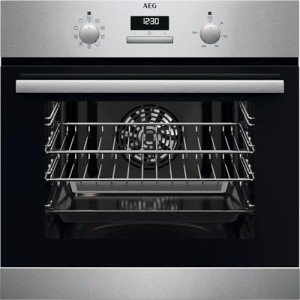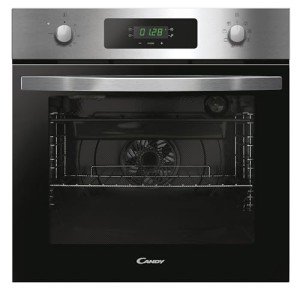Ovens have been a cornerstone of cooking ventures for centuries, offering an essential device for both amateur cooks and professional chefs alike. As modern kitchen areas progress, so too do the types of ovens available, each developed to satisfy the diverse needs of cooking enthusiasts. The following guide offers a detailed summary of different oven types, their functions, and factors to consider to bear in mind when selecting the best oven for your kitchen.
When considering an oven for your kitchen, it's essential to comprehend the different types readily available. Each kind of oven has unique qualities that can influence cooking methods and general kitchen performance.
Conventional ovens are the a lot of basic type, often discovered in homes worldwide. They normally utilize either gas or electric power and provide a straightforward cooking method.
Stove are developed with a built-in fan that flows hot air around the food, causing much faster cooking times and more even results.

Wall ovens are a popular choice in modern kitchen areas, as they can be set up at eye level, conserving counter space and increasing accessibility.
Range ovens combine both a cooking range (with burners) and an oven, offering a compact option for cooking areas with limited area.
Steam ovens use steam instead of dry heat, maintaining moisture and nutrients in food.
When selecting an oven, consider the following features that can boost cooking experiences:
| Feature | Description |
|---|---|
| Size | Guarantee it fits your kitchen space and meets your cooking requires. |
| Self-Cleaning | Makes upkeep simpler, removing the need for manual scrubbing. |
| Smart Technology | Ovens with Wi-Fi connectivity can streamline cooking through apps. |
| Temperature Range | A wider range can improve cooking versatility. |
| Security Features | Features such as auto shut-off can improve kitchen security. |
Choosing the best oven can often be a complicated job. Here are several tips to streamline the procedure:
Identify Your Cooking Habits: Consider how often you prepare and the types of meals you prepare. For example, devoted bakers may prefer a convection oven for even baking, while those who prepare roasts might lean towards a standard oven.
Procedure Your Space: Before making a purchase, measure the location where the Oven For Kitchen will be positioned to guarantee it fits conveniently with your kitchen style.
Consider Your Budget: Ovens range widely in price. It is very important to set a budget plan and consider the long-term worth of the device.
Read Reviews: Online evaluations can provide insight into a model's performance and dependability over time.
Check Energy Ratings: Energy-efficient designs can conserve you money on utility bills in the long run.

To maximize the lifespan of your oven, correct upkeep is essential. Follow these simple steps:
For little kitchens, wall ovens or compact range ovens are excellent alternatives as they use up less space and can be set up to suit readily available cabinets.
Regularly examine the burners for obstructions and make sure that the oven's interior is cleaned up to avoid buildup from spills and splatters.
Yes, a lot of modern-day ovens allow for both functions. Inspect the user manual for particular directions on running your oven.
Initially, examine if it's properly plugged in or if the gas is streaming. If concerns continue, speak with a service technician to diagnose possible problems.
If cooking convenience and the latest innovation interest you, buying a clever oven can be worthwhile, as they provide a range of enhanced cooking features.
Picking the right oven for your kitchen is important to both the performance and enjoyment of your cooking experience. By considering the various kinds of ovens, necessary features, and maintenance tips, customers can make an informed decision that meets their culinary requirements and choices. Whether you are a casual cook or an enthusiast, the right oven can considerably elevate your culinary experiences.
No Data Found!

